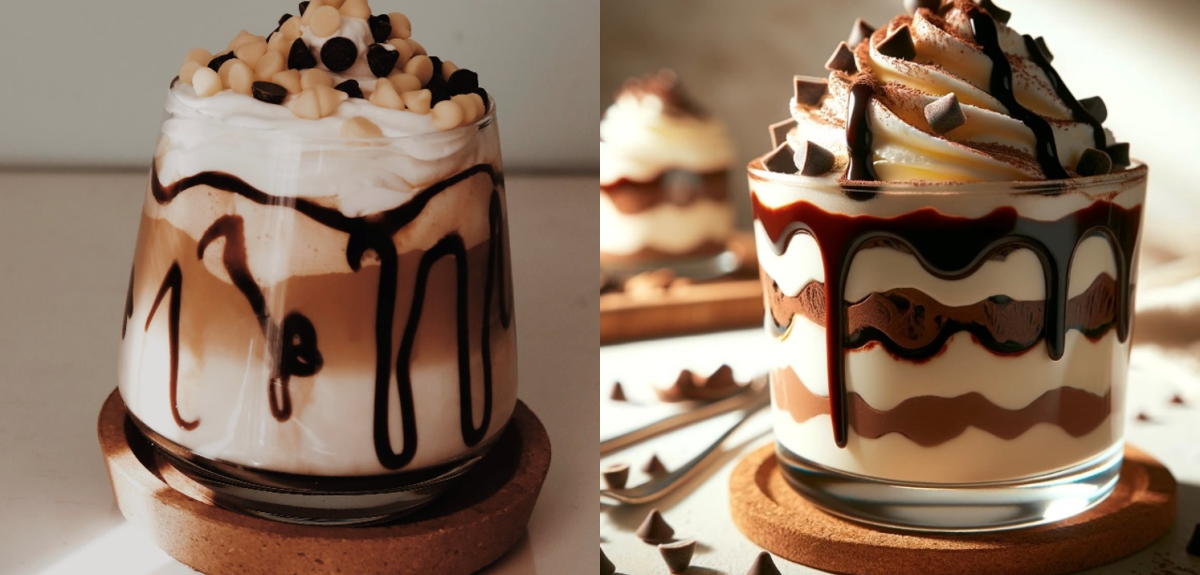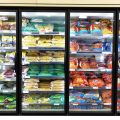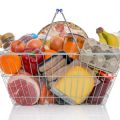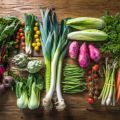
AI-generated food images look tastier than real ones
Researchers have announced an intriguing discovery – consumers generally prefer AI-generated images of food over real food images, especially when they are unaware of their true nature. The new findings have been published in Food Quality and Preference.
According to the researchers, the results suggest that AI-generated food visuals excel at enhancing the appeal of depicted foods by leveraging key features such as symmetry, shape, glossiness, and overall lighting and colour. All of these are known to contribute significantly to the attractiveness of food imagery.
Even subtle tweaks in positioning may enhance the appeal of AI-generated food images. Lead author Giovanbattista Califano (University of Naples Federico II) explained: ‘As humans, we tend to feel uneasy with objects pointing towards us, interpreting them as threats, even when it’s just food. When tasked with replicating food photos featuring items pointing at the viewer, such as a bunch of carrots or a piece of cake, the AI often positions the food so that it doesn’t directly point at the viewer. This warrants further studies, but it's plausible that this approach enhances the perceived attractiveness of the depicted food.’
 From left to right: A real then AI-generated image of a creamy white yogurt topped with vibrant, fresh fruits. A real then AI-generated image of French fries spilling out from a white paper bag. The AI-generated images were created using DALL-E 3.
From left to right: A real then AI-generated image of a creamy white yogurt topped with vibrant, fresh fruits. A real then AI-generated image of French fries spilling out from a white paper bag. The AI-generated images were created using DALL-E 3.In the study, the researchers asked 297 participants to rate real or AI-generated food images on a scale from “Not at all appetizing” to “Extremely appetizing.” The images depicted a range of natural, processed, and ultra-processed foods, from apples and carrots to chocolate milkshakes and potato fries. When participants were told how each image had been created—whether through photography or AI—they tended to rate real and AI-generated versions equally appealing. However, when participants were unaware of the image creation process, the AI-generated version was consistently rated as significantly more appetizing than the real food image.
Study supervisor and co-author Professor Charles Spence (Department of Experimental Psychology, University of Oxford) said: ‘While AI-generated visuals may offer cost-saving opportunities for marketers and the industry by reducing the cost of commissioning food photoshoots, these findings highlight potential risks associated with exacerbating “visual hunger” amongst consumers—the phenomenon where viewing images of food triggers appetite and cravings. This could potentially influence unhealthy eating behaviours or foster unrealistic expectations about food among consumers.’
 From left to right: A real then AI-generated image of an apple. A real then AI-generated image of an apple pie. The AI-generated images were created using DALL-E 3.
From left to right: A real then AI-generated image of an apple. A real then AI-generated image of an apple pie. The AI-generated images were created using DALL-E 3.Additionally, the researchers also found that AI-generated images tend to depict foods to appear more energy-dense compared to the originals, particularly in the abundance portrayed. For instance, AI may increase the number of fries in the image or add more whipped cream to a dessert. Given that humans have an evolutionary drive to pay more attention to energy-dense foods, this raises concerns that widespread dissemination of such idealized food images could promote cue-induced eating of unhealthy foods.
Furthermore, with the global movement towards more sustainable consumption patterns, including the promotion of ‘ugly’ fruits and vegetables, there is a concern that constant production of AI-enhanced food images might nudge consumers towards an unrealistic standard of how natural foods should look, potentially harming sustainability efforts.
The study “Assessing the visual appeal of real/AI-generated food images”, by Giovanbattista Califano and Charles Spence, has been published in Food Quality and Preference.
 From left to right: A real then AI-generated image of a bunch of carrots. A real then AI-generated image of a slice of bread spread with peanut butter. The AI-generated images were created using DALL-E 3.
From left to right: A real then AI-generated image of a bunch of carrots. A real then AI-generated image of a slice of bread spread with peanut butter. The AI-generated images were created using DALL-E 3. Landmark study definitively shows that conservation actions are effective at halting and reversing biodiversity loss
Landmark study definitively shows that conservation actions are effective at halting and reversing biodiversity loss
 Researchers find oldest undisputed evidence of Earth’s magnetic field
Researchers find oldest undisputed evidence of Earth’s magnetic field
 Honorary degree recipients for 2024 announced
Honorary degree recipients for 2024 announced
 Vice-Chancellor's innovative cross-curricular programme celebrated
Vice-Chancellor's innovative cross-curricular programme celebrated
 New database sheds light on violence in Greek detention facilities
New database sheds light on violence in Greek detention facilities
 Environmental impact of 57,000 multi-ingredient processed foods revealed
Environmental impact of 57,000 multi-ingredient processed foods revealed
 British packaged food crowned the healthiest in the world
British packaged food crowned the healthiest in the world
 Balanced plant-based diets improve our health and the health of the planet
Balanced plant-based diets improve our health and the health of the planet